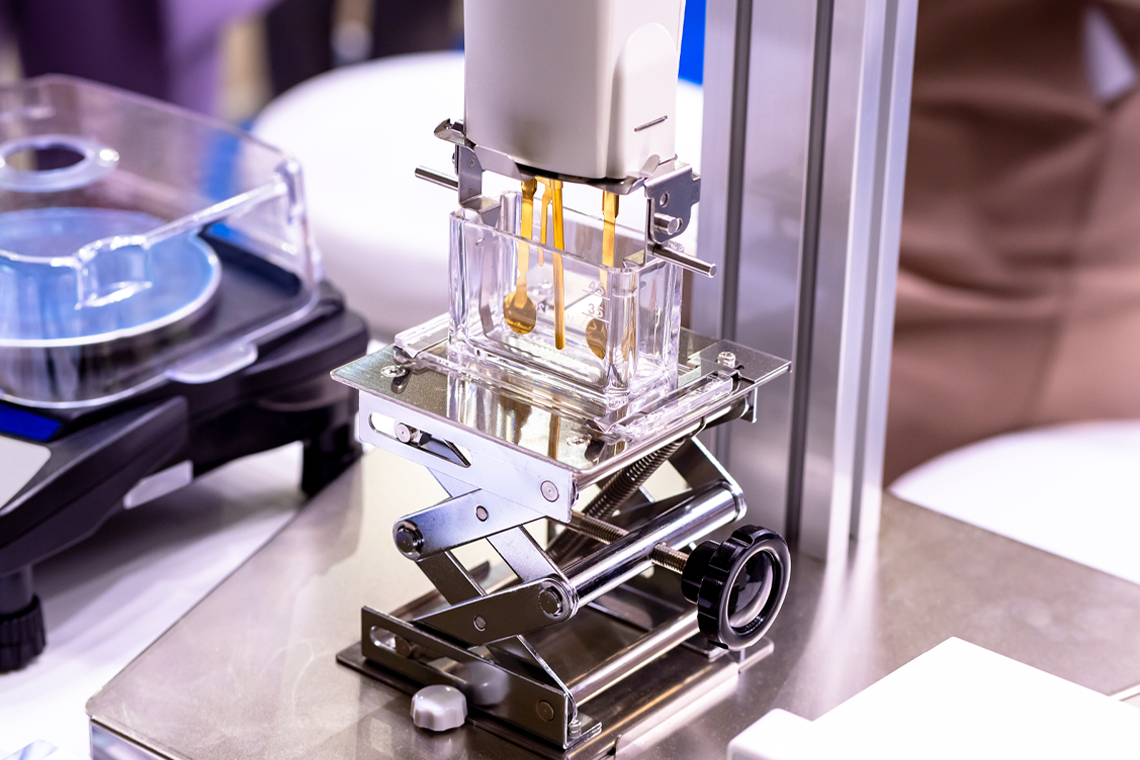
2 Types of Viscometers and Tips to Calibrate Them
Get to know Rotational and Falling-Piston Viscometers
Article written by FCX Performance, Inc
Viscometers are present in many industries such as food and beverage, petroleum, chemical, cosmetics, and pharmaceutical industries to measure the viscosity of a given liquid. They measure the force it takes to move a piston or spindle through a solution. The unit of measurement a viscometer reports is centipoise (torque converted to a measurement).
Just like every instrument used to calculate a measurement, viscometers need to be calibrated to ensure they provide the most accurate measurement possible. If you are trying to achieve a specific viscosity of your product sample, then it is important that your viscometer be precisely calibrated. It's suggested that viscometers are calibrated at least once a year. If the sample’s accuracy is critically important then it is recommended to calibrate your viscometer more frequently. Different viscometers can be better suited for different applications. Here, we will cover 2 types of viscometers and discuss tips you can use when you calibrate them.
Rotational Viscometers
Falling-Piston Viscometers
A falling-piston viscometer, or Norcross viscometer, calculates a piston’s resistance to a fluid and the time it takes to move through the fluid to measure a solution’s viscosity. The fluid being measured is put into the piston’s cylinder while the piston is raised. Then, the piston gets dropped down into the cylinder, or chamber. Each piston has a certain viscosity range, so make sure to use the right piston for your anticipated range.
When calibrating falling-piston viscometers, choose a calibration fluid that matches the weight range of the piston to preserve the accuracy of your test. It’s important to clean the chamber and piston between each use of a different test solution. This prevents the chance of cross contamination from previous test solutions. Make sure the bottom of the chamber is completely cleaned out before testing the next fluid.
General Calibration Tips for Viscometers
- Place viscometer on a level surface and ensure your spindle is at the proper angle.
- Choose a vibration free environment to operate viscometer. Vibration can affect how the spindle moves.
- Viscometers should be placed in a clean environment to prevent cross contamination.
- You should be operating your viscometer in a temperature-controlled environment. Some fluids are certified at various temperatures, and it is imperative to maintain their required temperature when calibrating your viscometer.
Talk to a Calibration ExpertGet your viscometer in for its annual calibration or set up a calibration schedule to maintain your equipment's desired accuracy. Connect with an expert today! |


